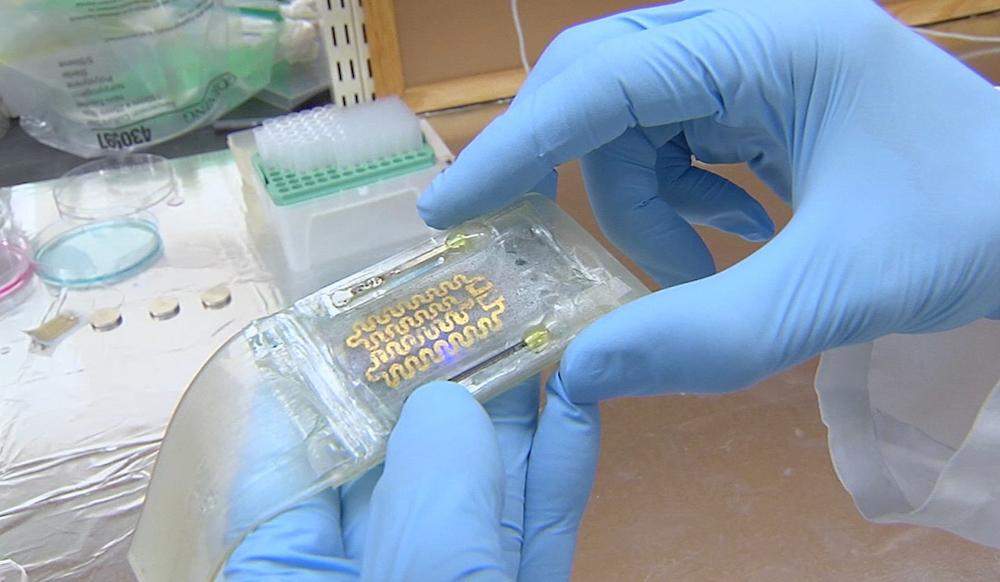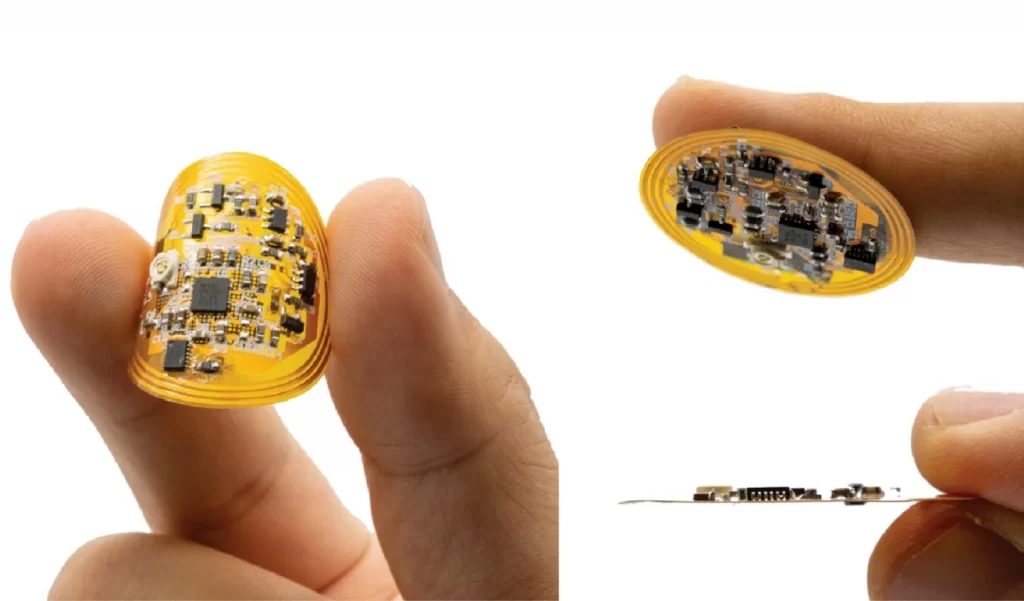Researchers at Stanford University have designed a smart bandage capable of monitoring wounds’ healing in real-time, as well as accelerating tissue growth and blood flow around them while reducing scar severity. According to a paper published in Nature Biotechnology, the battery-free flexible device monitors the injury while also delivering targeted healing treatments.
“In sealing the wound, the smart bandage protects as it heals,” lead researcher Yuanwen Jiang, a professor at Stanford University, which is in the process of patenting the device, said in a release. The researchers also noted other potential sensors that could be added to the device, including those that measure metabolites and other biomarkers.

The new material is only 100 microns thick (equivalent to a single layer of latex paint), yet it contains a radio antenna, an electrical stimulator, biosensors, and other components resting atop a skin-like polymer known as a hydrogel. Once adhered atop a patient’s injury, the smart bandage monitors temperature and other biometric readings and then transmits that data to a smartphone program. If the wound is found to be healing too slowly or if an infection is detected, the device emits small electrical stimulations across the site to boost tissue growth and reduce inflammation.

The design also contains a polymer to securely stick to a wound when needed and pull away harmlessly when warmed to 104 degrees Fahrenheit. The researchers hope to improve the “promising proof of concept design” and push it into mass production.
A miniature prototype of advanced medical technology was tested on mice in the US as the team tracked the data in real-time on a smartphone—all without the need for wires. “Across pre-clinical wound models in mice, the treatment group healed 25 percent more rapidly and with a 50 percent enhancement in skin remodeling,” Jiang told the Southwest News Service.


